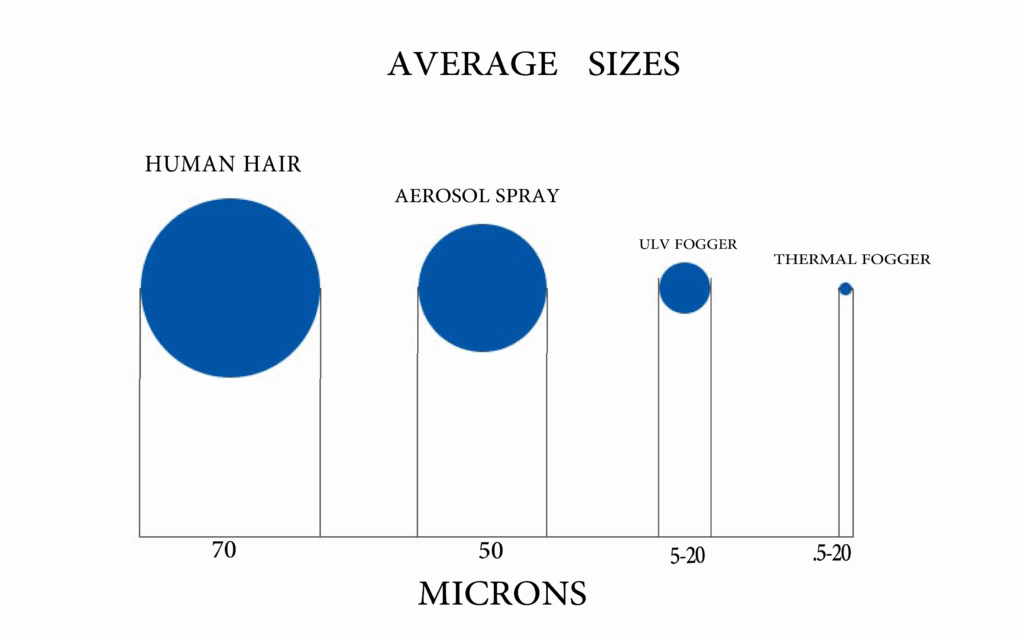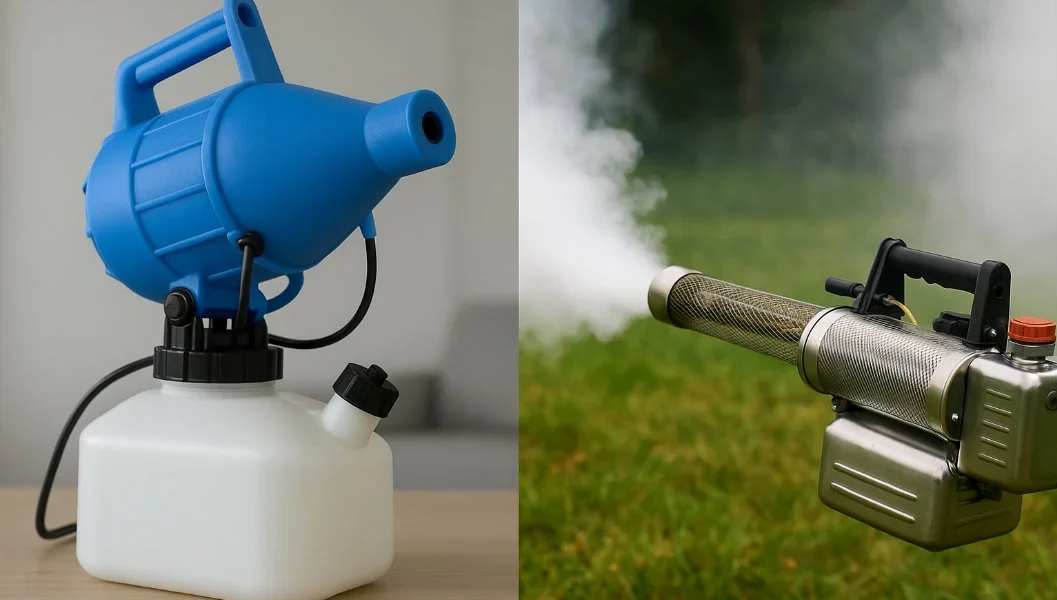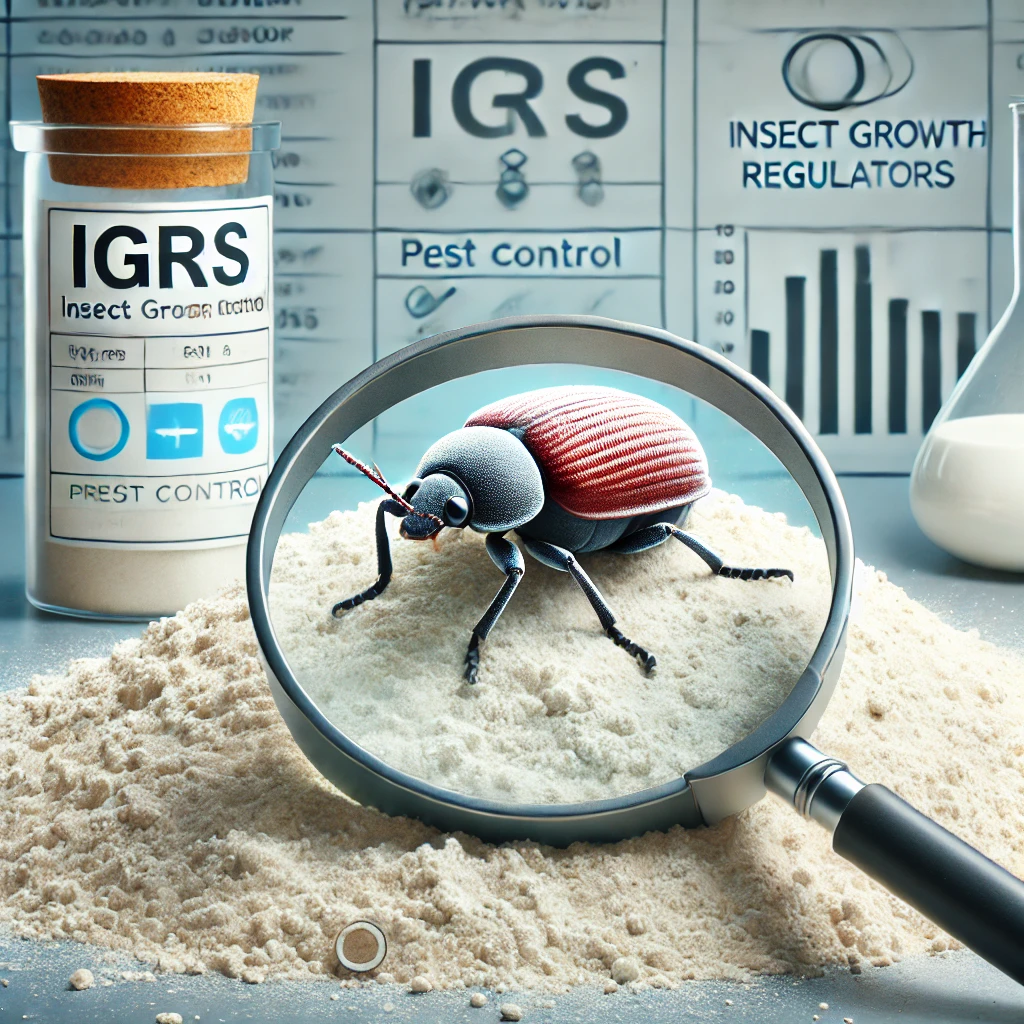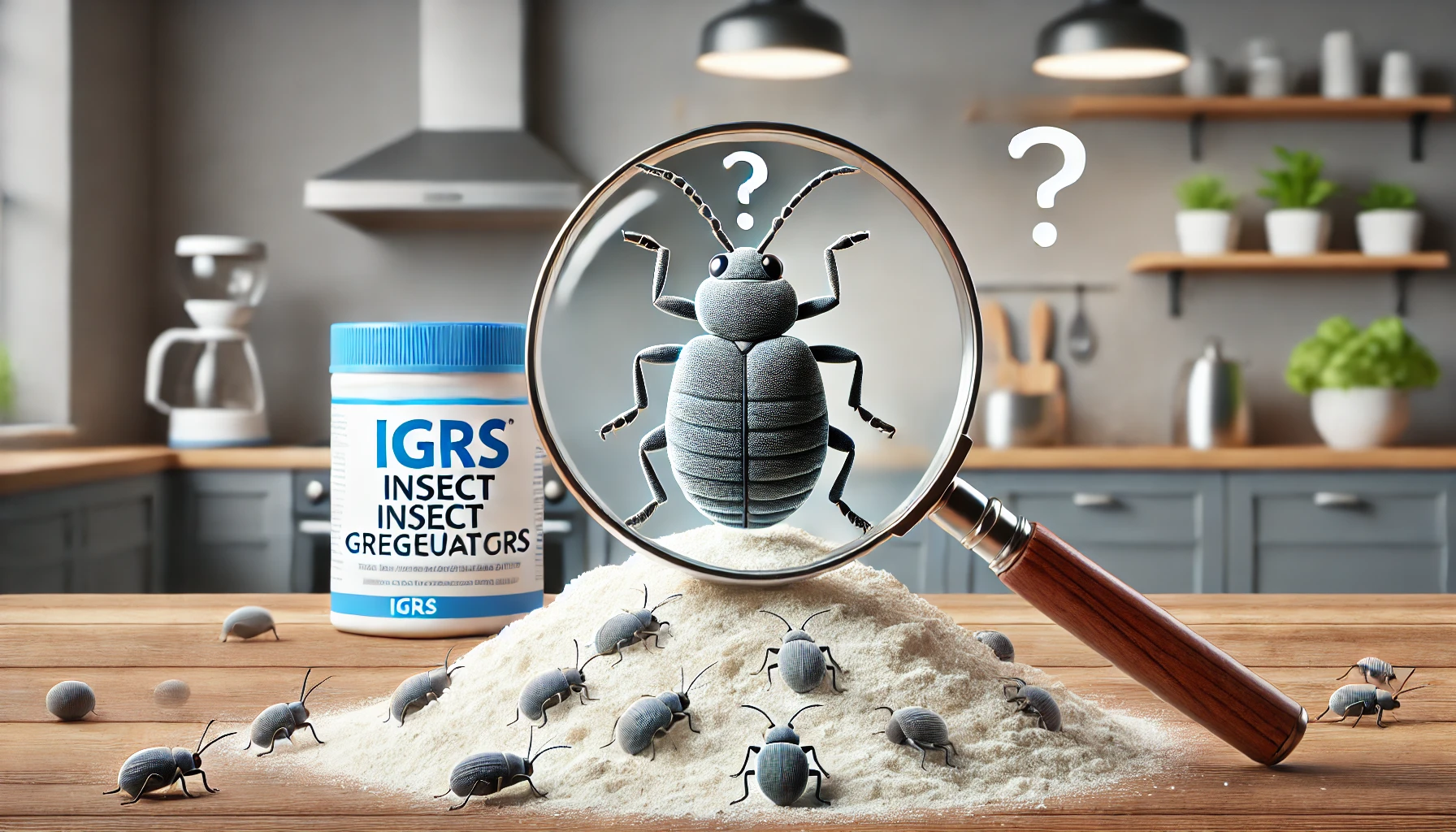Fogging is a widely used method for pest control, mold treatment, and disinfection. Among the most common devices are cold foggers (ULV) and thermal foggers—each with distinct mechanisms, strengths, and ideal use cases. In this guide, we compare the two technologies so you can determine which is best suited for your needs.
What Is a Thermal Fogger?
Fogging is a widely used method for pest control, mold treatment, and disinfection. Among the most common devices are cold foggers (ULV) and thermal foggers—each with distinct mechanisms, strengths, and ideal use cases. In this guide, we compare the two technologies so you can determine which is best suited for your needs.
This ultra-fine fog stays suspended in the air for longer, making it highly effective for mosquito control and other flying insects. Thanks to the visible fog cloud, users can control its direction more precisely during outdoor applications.
Key Advantages of Thermal Foggers:
- Produces ultra-small particles that reach hard-to-access areas
- Highly visible fog helps control application path
- Ideal for outdoor mosquito control, especially in bushy areas or dense vegetation
Limitations:
- Uses heat—higher fire risk indoors
- Can cause concern in residential areas due to visible smoke
- Typically louder than cold foggers
What Are Cold Foggers (ULV Foggers)?
Cold foggers, also known as ULV (Ultra-Low Volume) foggers, use air pressure—powered by gasoline, compressed air, or electricity—to atomize the fogging solution into droplets between 5 to 30 microns.
Unlike thermal foggers, ULV foggers don’t use heat, making them safer for indoor use. The droplet size can also be adjusted, allowing for a wide range of applications, from insect control to odor neutralization and mold removal.
Advantages of Cold Foggers:
- Safe for indoor use (no heat involved)
- Adjustable particle size for multiple use cases
- Quiet operation—ideal for residential or commercial settings
- Supports automatic and overhead installation for large indoor areas
- More efficient chemical usage due to less diluent needed
Common Cold Foggers Applications:
- Indoor pest control
- Mold removal and odor control
- Warehouse disinfection
- Greenhouse plant treatment
Particle Size Comparison: Cold Foggers vs Thermal Foggers
Cold fogger devices produce droplets within a 5 to 30 micron range, while thermal foggers can generate finer particles as small as 0.5 microns. Below is a detailed comparison of particle size characteristics between thermal foggers and cold foggers (ULV):
| Feature | Thermal Fogger | Cold Fogger (ULV) |
|---|---|---|
| Particle Size Range | 0.5 – 30 microns | 5 – 30 microns (adjustable) |
| Visibility of Fog | Thick, visible smoke | Nearly invisible mist |
| Particle Consistency | Inconsistent | More consistent |
| Heat Requirement | Yes | No |
| Fire Risk | High (indoor use discouraged) | Low |
| Application Flexibility | Lower | Higher |

Best Environments for Thermal and Cold Foggers
Both cold foggers and thermal foggers are designed for pest control and sanitation, but their performance and safety depend heavily on the environment in which they’re used. Choosing the right fogger depends on whether the application is indoors or outdoors, the type of pest or pathogen being targeted, and user preferences for fog visibility and droplet control.
Best Use Cases for Thermal Foggers:
- Outdoor mosquito and insect control
- Controlled fogging in open areas (visible fog allows easier application direction)
- Hard-to-reach outdoor locations (dense vegetation, tree tops, wall cracks)
Best Use Cases for Cold Foggers:
- Indoor applications (homes, offices, warehouses)
- Odor and mold control in enclosed spaces
- Disinfection of food processing plants
- Greenhouse spraying with adjustable droplet sizes
Insecticide Use Rates
Insecticide use rates are regulated by the E.P.A., and each product label specifies the correct amount to use for different applications. It’s essential to follow these labeled rates for both effectiveness and safety.
Most fogging insecticides used indoors require between 0.5 to 1.0 ounce of insecticide per 1,000 cubic feet of air space. For instance, a room that measures 100 feet by 200 feet with a 20-foot ceiling has a total air volume of 400,000 cubic feet. At the maximum rate of 1.0 ounce per 1,000 cubic feet, this space would need 400 ounces of insecticide, which equals approximately 3.1 gallons (since there are 128 ounces in a gallon).
However, because most rooms contain furniture, machinery, or stored goods that take up space, it’s standard practice to subtract 15% from the total volume to account for these obstructions. In this example, that reduces the amount of insecticide needed to about 2.6 gallons.
Applying the maximum permitted rate typically offers the best coverage and allows the fog to penetrate small or hard-to-reach areas. Always read the product label and never exceed the recommended use rate to ensure safe and effective fogging.
Need Help Choosing a Fogger?
Choosing between ULV and thermal foggers depends on your specific environment and pest control needs. For large-scale food facilities or warehouses, ULV systems provide a safe and efficient long-term solution. For outdoor mosquito control, thermal foggers deliver deeper penetration into foliage and open spaces.
Get a Free PowerPoint Training
Call Entech at (504) 469-6541 for expert advice or to request our free PowerPoint training: “Use of Fogging Insecticides in Food Processing & Storage Facilities.



